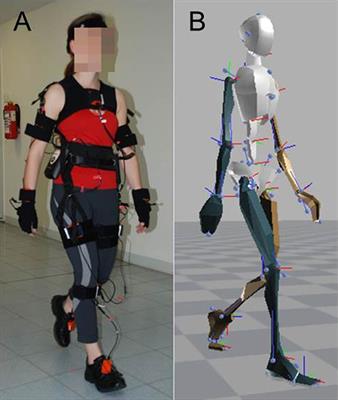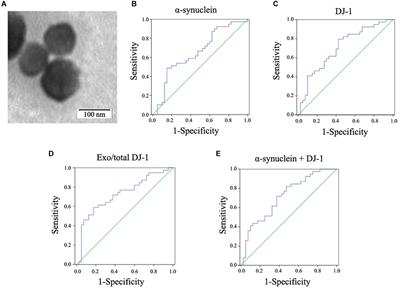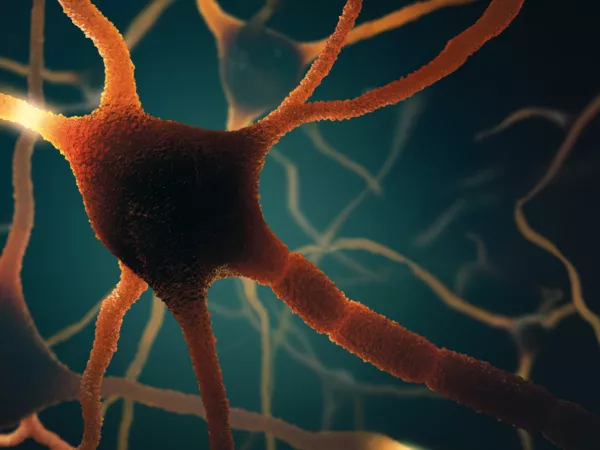ORIGINAL RESEARCH
Published on 07 Feb 2020
Motion Biomarkers Showing Maximum Contrast Between Healthy Subjects and Parkinson's Disease Patients Treated With Deep Brain Stimulation of the Subthalamic Nucleus. A Pilot Study

doi 10.3389/fnins.2019.01450
- 3,809 views
- 6 citations









